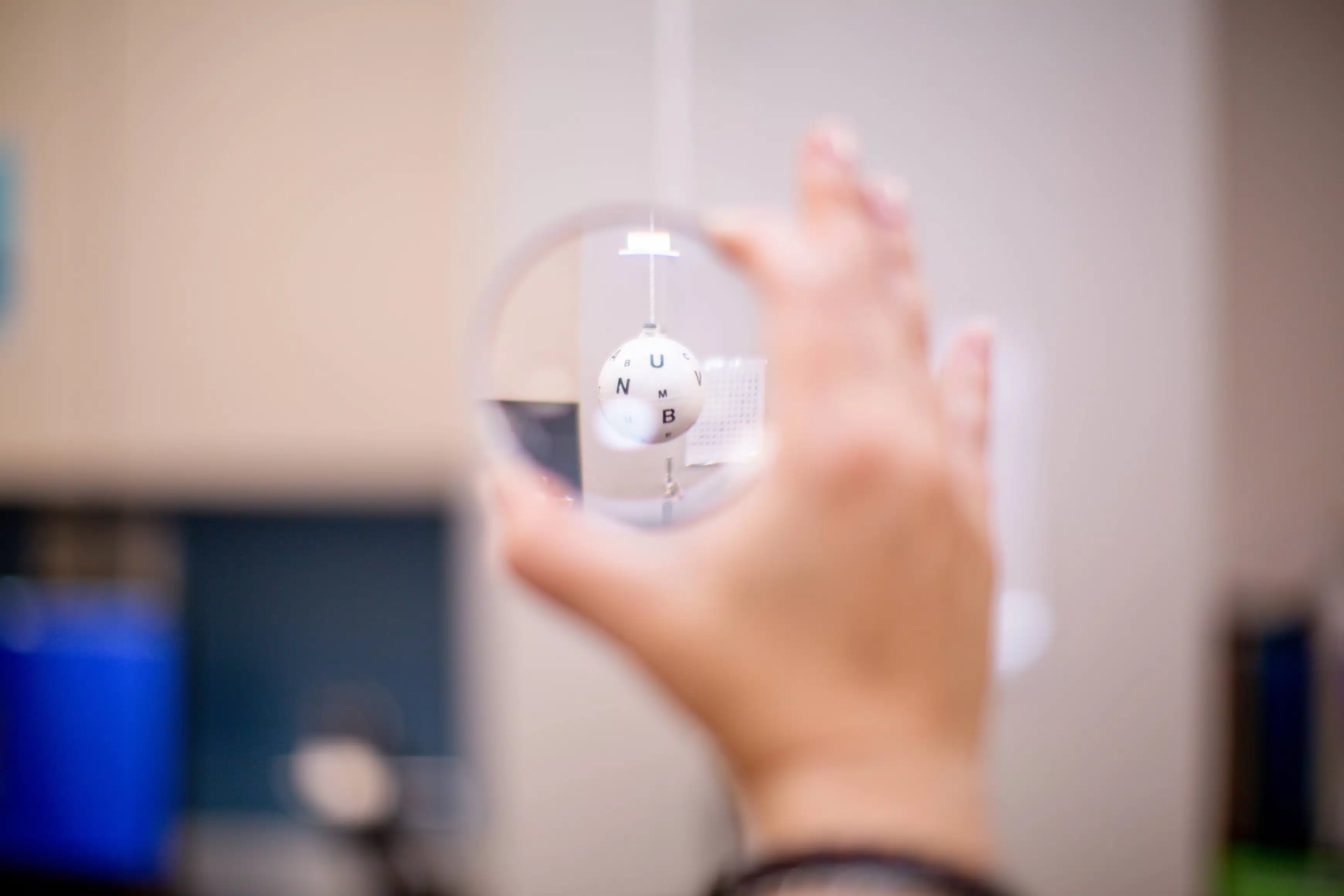It is not enough to have 20/20 vision and be able to see the board or a book clearly. Vision is a dynamic function and in order to see properly we have to change the focus of our eyes every time we look from one object to another. Most people are not even aware that they have to focus their eyes. This is because in most people the focusing system of the eye operates so well that objects always appear in focus.
However, in reality, a focusing adjustment is made every time we look from one place to another. This adjustment is made with the help of a muscle in the eye called the ciliary muscle or “focusing” muscle. For instance, when a child looks from the board to his desk, he must constrict or contract this muscle, which changes the shape of the lens in the eye and allows the child to see the print in his book clearly. When the child wants to look back to the board he must now relax the focusing muscle to permit clear vision at a distance.
A focusing problem occurs when the child is unable to quickly and accurately constrict or relax the focusing muscle, or if the child is unable to maintain this muscle contraction for adequate periods of time.
Four types of focusing problems can occur in children and young adults. A common problem occurs when an individual loses the ability to contract the focusing muscle for adequate periods of time. This is called a focusing or accommodative insufficiency.
A second problem occurs when the focusing muscle actually goes into a muscle spasm. This is referred to as a focusing or accommodative spasm.
A third problem occurs when the focusing muscle over contracts when looking up close. It is known as an accommodative excess.
A final type of focusing disorder occurs when the child has difficulty with both contraction and relaxation of the muscle. This is referred to as focusing or accommodative infacility.
Common Symptoms
People that have tracking problems may complain of the following:
- Eyestrain after reading for a short period of time
- Headaches after reading for a short period of time
- Inability to concentrate when reading
- Short attention span
- Rubbing or closing an eye
- Words moving or swimming on the page
- Good decoding skills, but poor comprehension
- Blurry vision after reading or doing near work
